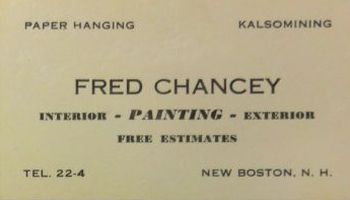New Boston, New Hampshire
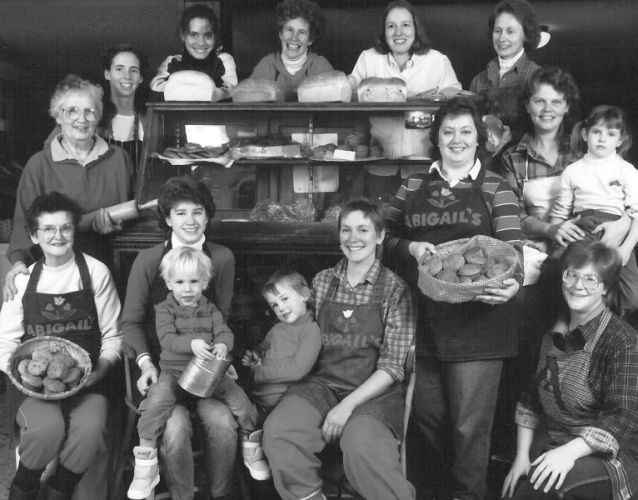
Abigail's Bakery on Mill Street
Front: Josephine Cummings, Jennifer Olson with Ben Ballard, Anna and Cyndie Ballard, Donna Magarian and Cheryl Smith.
Back: Doris Byrer, Linda Granger, Daisy Foote, Candy Woodbury, Diane Olson, Jean Cummings, and owner Debbie Gilligan holding Erin.
Made in New Boston
Businesses from New Boston's Past
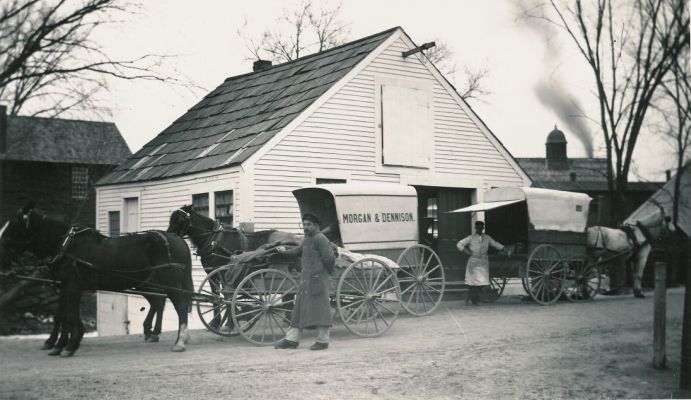
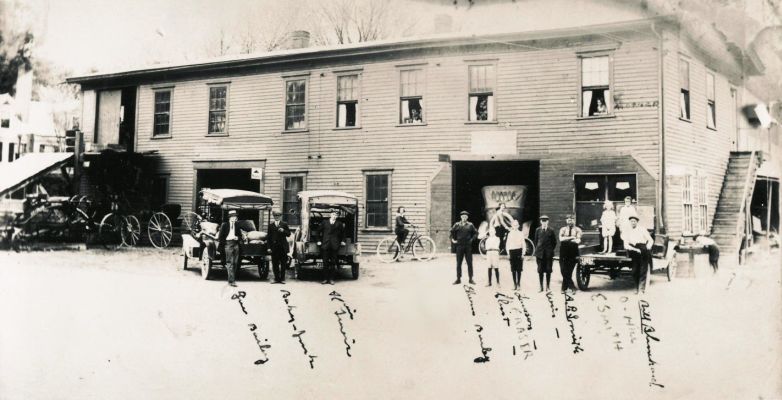
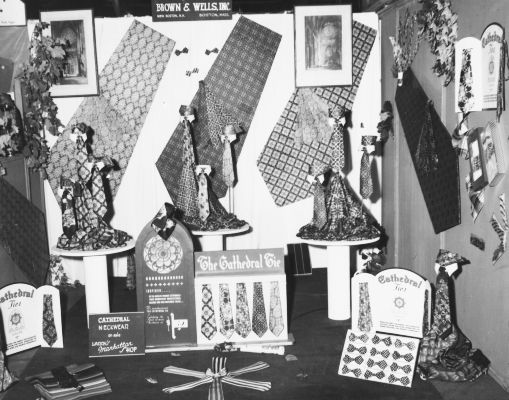
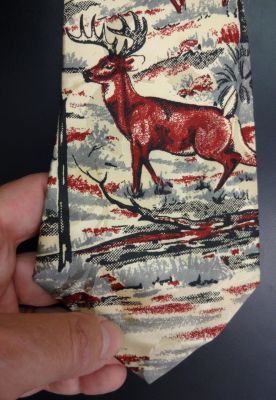
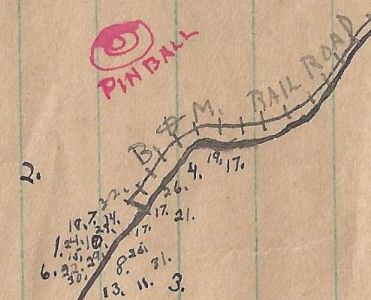 The village center of New Boston once bustled with activity.
The village center of New Boston once bustled with activity.
For a school project in 1922, John Todd drew a map titled "Industries of New Boston", of which this is a fragment. You can see the Boston & Maine Railroad which was still in service along the Piscataquog River at that time.
John identified and numbered 32 industries. These included:
Lumbering, Farming, Poultry raising, Carpentering, Paper-hanging, Trucking, Automobile repairing, Harness-making, Dairying, Clerking, Box factory, Grist mill, Creamery, Blacksmithing, Saw mill, Railroading, Telephone operating, Undertaker, Doctor, Lawyer, Merchants, Teaching, Masonry, Butchering, Ministry, Druggist, Watch repairing, Tailoring and Cider making.
1922 Industries Map donated by Bob Todd
We have other web pages which describe New Boston's mills, farming and the railroad. So let's cross the bridge in the village center and look at the drugstore that is now Tates Gallery. Ernest Hagland was the druggist, and he sold newspapers and ice cream sodas in addition to useful medicinal remedies like Swamp-Root.
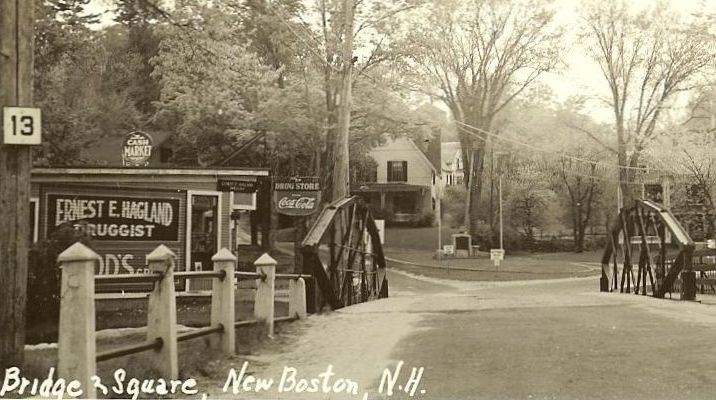
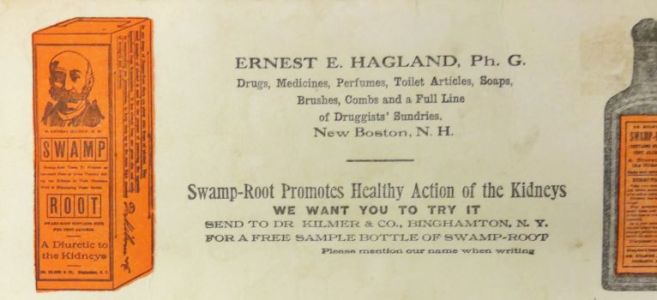
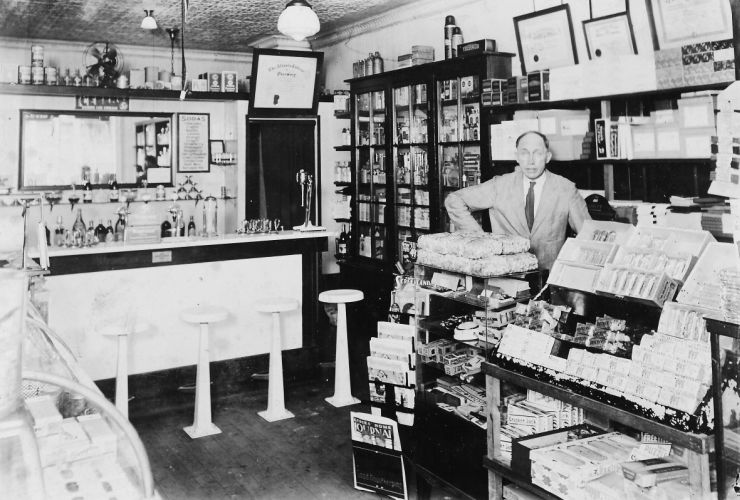
August 2014 update: We did not know the date of this Ernest Hagland photo until his granddaughter Suzanne Wason studied a more detailed copy. Suzanne determined that the cover of the Ladies' Home Journal in the magazine rack matches the September 1932 edition. Great detective work, Suzanne!
After Hagland's, for many years this building was the home of Hunter's Angling Supplies which sold products world-wide. Wooden cabinets contained many small drawers with all the varied materials that a fly-tying enthusiast might need, and you could often see an angler standing in Central Square testing out a new rod.
John Todd's map did not list a violin maker, because in the late 1890's Charles E. Farley moved to Boston, MA from his New Boston workshop in the house which still stands next to Dodge's Store. Charles's wife Julia had drowned in the Piscataquog River during spring floods that also washed away the new Depot Bridge.
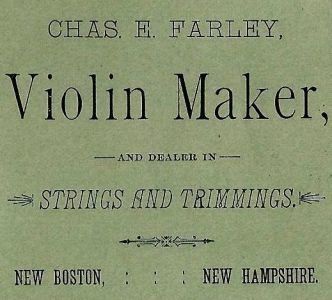

John Todd drew his "Industries of New Boston" map in 1922 as carriage shops and harness-makers were disappearing, to be replaced by garages like Lawson Smith's and Houghton Brothers, which is now Daniels' Garage.
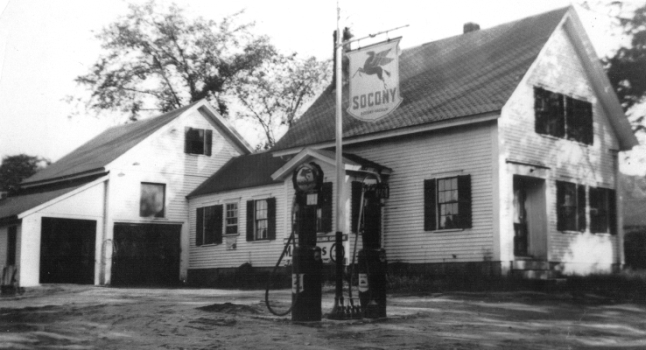
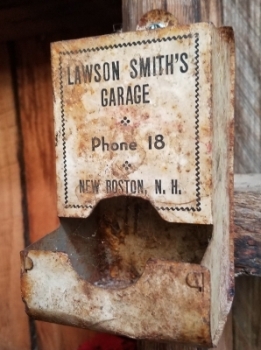
Smith's Garage in 1936; a match holder hanging in Jim Dane's sugarhouse in 2019.
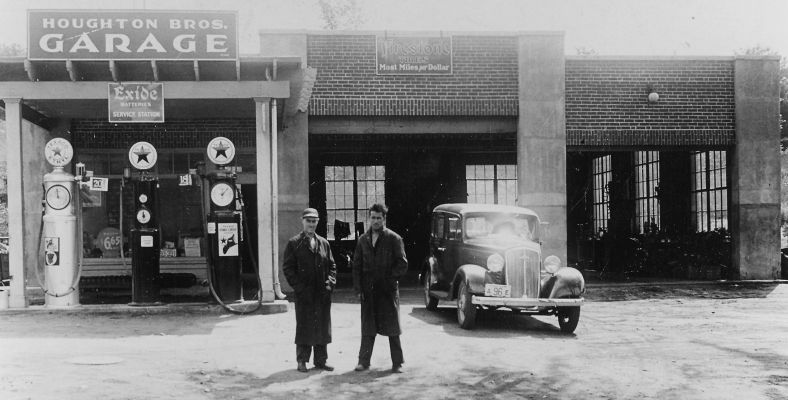
George Houghton and Les Tower are seen in this 1940s photograph.
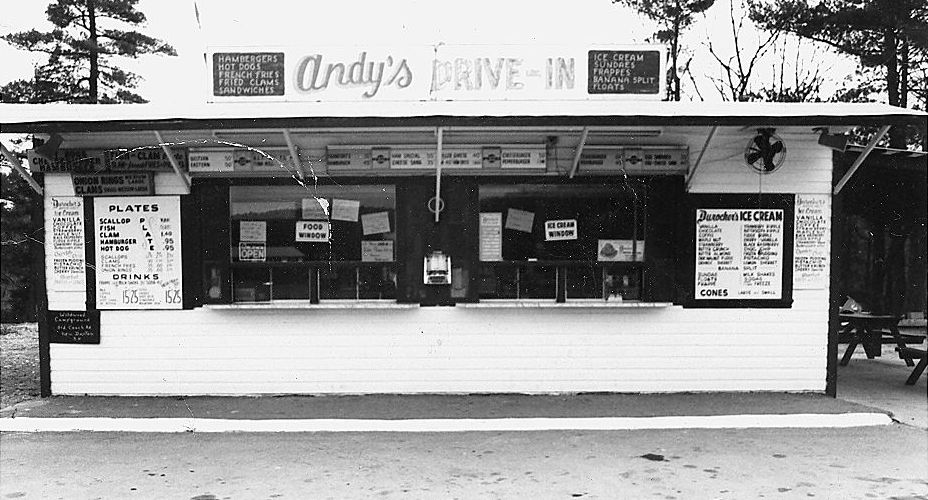
Later, this restaurant was the Riverside, Putnam's Waterview and briefly Shipwreck's Restaurant. Then a former White House chef named Damian tore down the old drive-in and built a very up-scale restaurant which opened just in time for the recession. Without onion rings on the menu, the new restaurant did not enjoy the success of Andy's Drive-In.
This ends our tour of businesses from New Boston's past.



